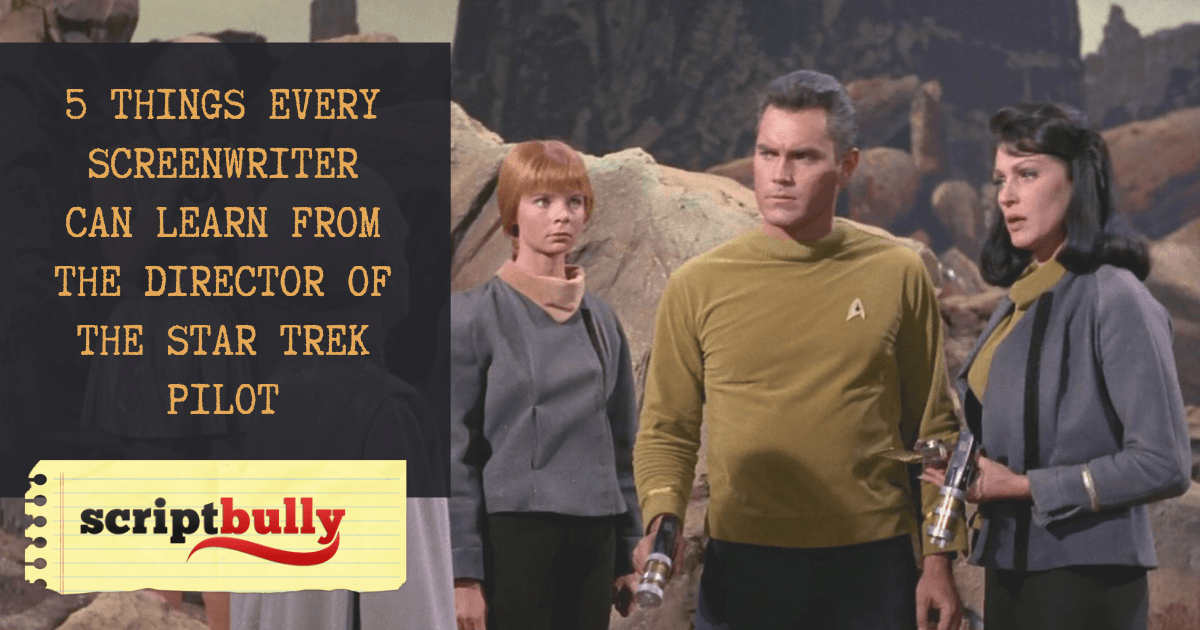In this edition of Screenwriting 101, we talk about how to write emotional screenplay scenes that are…well…not sucky & boring.
There’s an old adage in the theatre they give new — and not-so-new actors — and that is “Feel the emotion 120%; show the emotion 80%.”
There are a few reasons why, as screenwriters, we should apply this same approach to our craft:
1) Overly-emotional writing is melodramatic. Want to have your scenes compared to the highbrow content that denote soap operas and 19th-century stage plays — “I’ll get you for this, if it’s the last thing I do” — then knock yourself out. Otherwise, steer clear.
2) Overly-emotional writing is boring/cliche/on-the-nose (insert your own adjective). If you’re having characters say exactly what they feel, and when they feel it, you risk putting readers, and viewers, into a terminal coma which can only be broken with copious amounts of 5-hour energy drink and a binge session of Dexter. (The early ones; not that horrible last season.)
3) Writing about characters in turmoil – but who can’t express that turmoil – is the greatest weapon a writer can have. There’s nothing more interesting way more interesting than characters simply yelling, than having a character who needs/must/wants to express themselves (and get the world to act in a way that benefits them)…but they just can’t do it. (Almost as intoxicating as seeing Rob Thomas, of Matchbox 20, play himself on iZombie.)
4) Writing about characters in turmoil – but who can’t express that turmoil – is the greatest weapon a writer can have in getting actors obsessed with their scripts. Nothing actors love to do more than explore the tension between feeling 120% emotion and showing 80% emotion. So, let them salivate over the chance to do it in your story.
So, how do you do it? How do you pull this emotional, but not too emotional, writing? (Without years of therapy?)
Here are some strategies:
1) Make it difficult for characters to express their deep, dark secrets. Make it the most painful thing they would ever do. Even more painful than watching the Baywatch movie. When Evelyn Mulwray, played by Faye Dunaway, reveals her big secret in Chinatown, it costs her everything to do it. (And sends the story in a whole new direction.) But the emotional power of the scene is her reluctance to share.
2) Write a shitty, super-emotional first draft. And then write a second draft where your characters talk about everything but the emotion staring them in the face. I like to pick one line where the character says what they feel, and then remove that line entirely.
3) Use humor as a self-defense weapon, not as a way to tell jokes. Us human-types usually use humor to hide our insecurities and attack others, so they don’t see how twisted WE are. Use that in your high-emotional scenes.
4) Explore binary emotions. If characters are expressing a lot of one emotion — anger, anxiety, sadness, fear — make damn sure they also show the exact opposite emotion — kindness, peacefulness, happiness, bravery. It will make both more powerful.
5) Rip off the masters. If you’re uncertain how to handle a super-delicate, emotional scene, then see how one of your fave screenwriters handled it. Whether it’s Joss Whedon, Aaron Sorkin, or Billy Wilder, pick one memorable and emotional scene, and watch it over and over to find a secret door into your own material. Usually it’s by talking about something completely different from the emotion.
Do you have a go-to screenwriting trick for writing emotional scenes? Let us know in the comments below!






